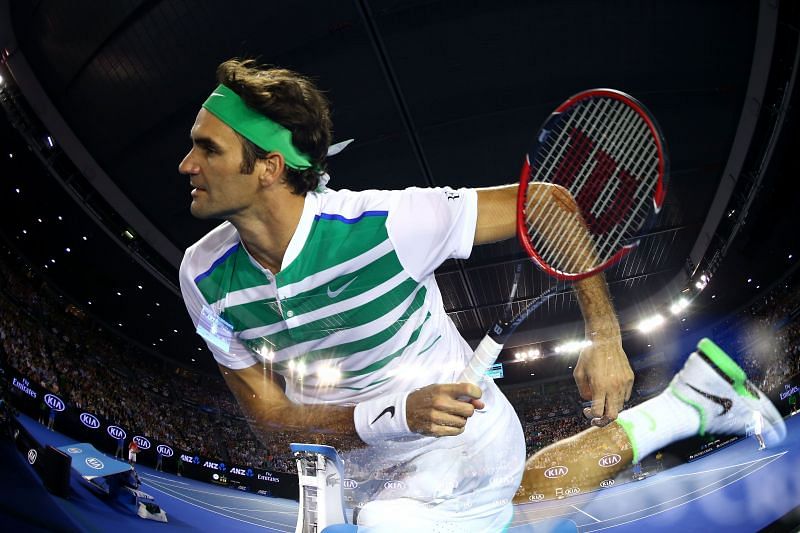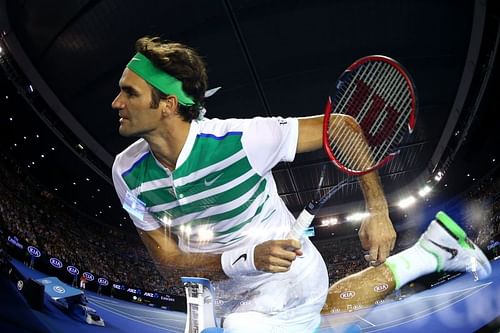
Filippo Volandri explains Roger Federer's role in reviving the wide serve on the deuce court

Many experts have attempted to determine the reason for the dominance of Roger Federer, Rafael Nadal and Novak Djokovic in the 21st century, but without any definitive conclusion.
Arguably the sport's three greatest ever players, between them they have amassed 56 Grand Slam titles. Roger Federer holds the world record of 20, with Rafael Nadal (19) and Novak Djokovic (17) right behind him.
Filippo Volandri, the former World No. 25 and current technical director of the men's sector of the Italian Tennis Federation, has now pointed to the statistical indicators of the Big 3's success - many of which he called "shocking". He also explained how Federer in particular has brought about a change in serving patterns on tour through his analysis of probability.
Roger Federer's serve is an example of why statistics are a big part of winning: Volandri

In an interview with LiveTennis.it, Volandri stated that the raw numbers don't quite indicate how dominant Rafael Nadal, Roger Federer and Novak Djokovic are on the tour.
"The impact of numbers on the game, when you know them well, can almost be shocking," said Volandri. "Imagine how many points Rafael Nadal wins, as a percentage of total points played. Going to the nose, it could be assumed that a champion like him wins at least 70%. (But) in reality, he wins between 53 and 54%."
"Novak Djokovic wins between 54 and 56%, and the numbers are more or less the same for Roger Federer."
The Italian claimed that after getting into coaching, he has realized that numbers and statistics have become increasingly important in refining a player's strategy - and choosing which moments to accelerate at.
"This makes you think about the importance of the single point, how the best manage to win points on the court and for this reason we study "how" they manage to win," asserted Volandri.
To illustrate his point with a specific example, the Italian talked about the wide serve on the deuce court - which had faded from the tour due to the danger of a strong forehand return.
"We analyse which areas the players are stationed in. We study how players move and how they move the game. A concrete example: how the service played out (to a right-hander's forehand) had almost disappeared but it is now back."
According to the Italian, Roger Federer has played a big role in reviving the wide serve. With that shot, the Swiss regularly elicits a response down the middle - which he then puts away into the corner with his own forehand.
"Roger Federer is a player who serves from the right, especially at deuce, to go out," Volandri said. "He does not choose this shot because he believes his opponent has a modest forehand but because he is aware that 80% of the responses, facing his first external match, return to the middle of the court."
"This allows him to anticipate where the response ball will most likely go, so he turns to anticipate the forehand and look for the uncovered corner. It seems trivial but, there is actually a deep study behind it," the Italian asserted.